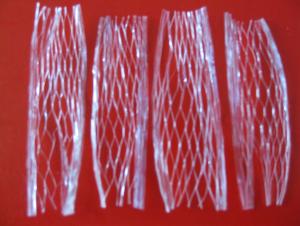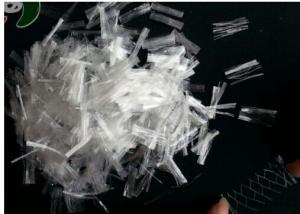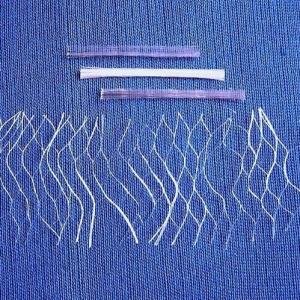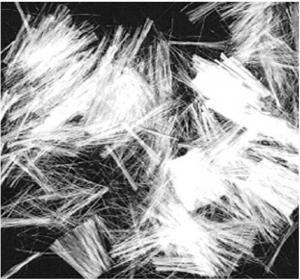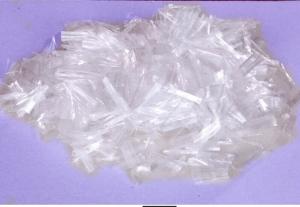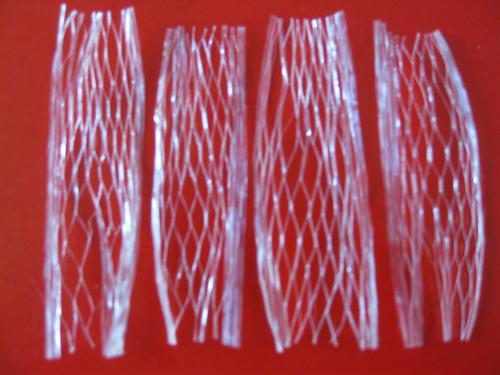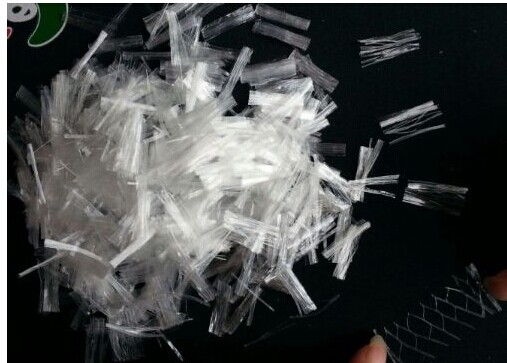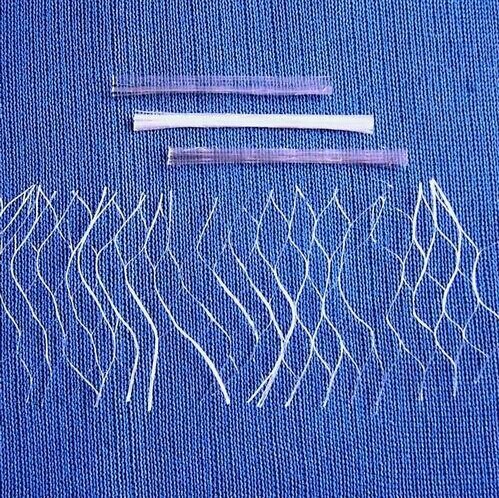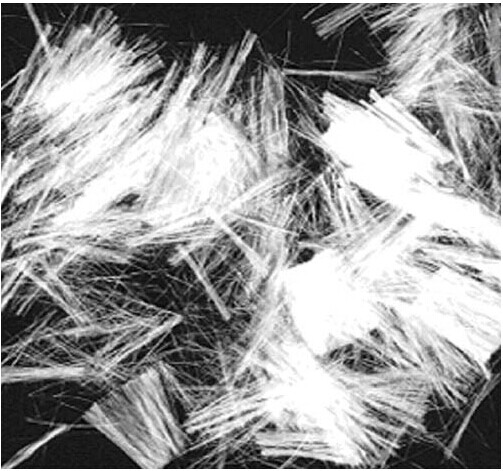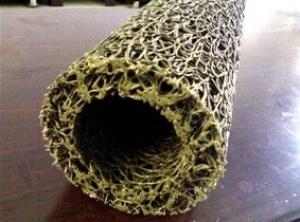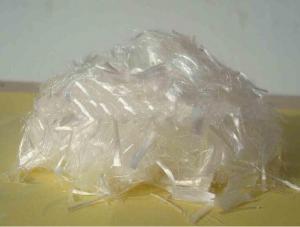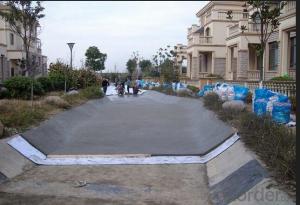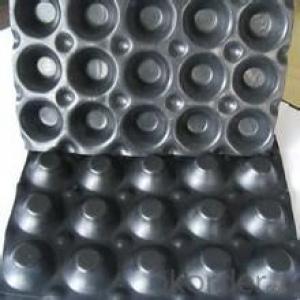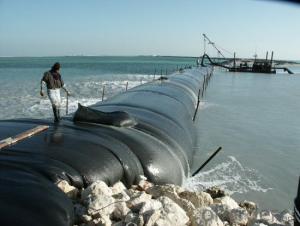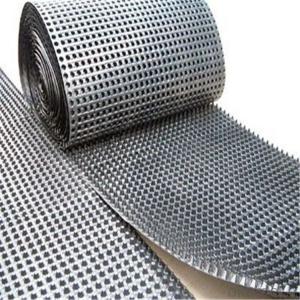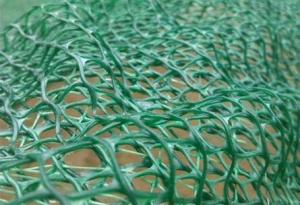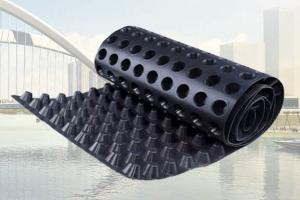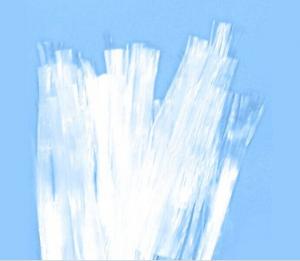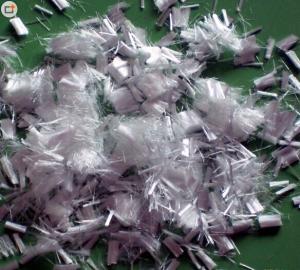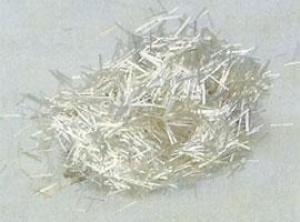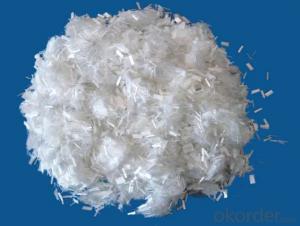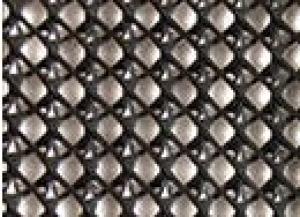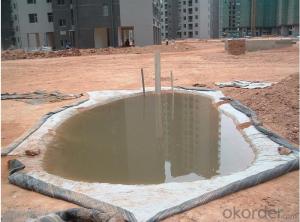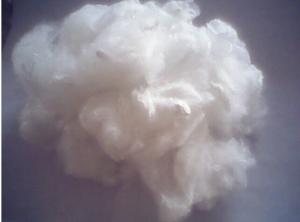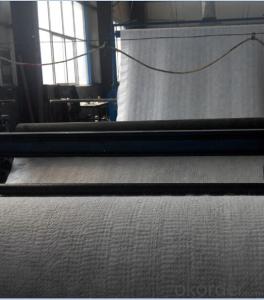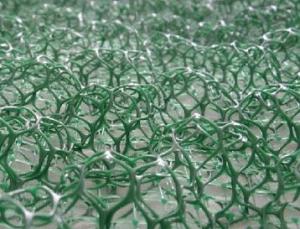PP Fiber Mesh for Concrete Use with Certification
- Loading Port:
- China main port
- Payment Terms:
- TT OR LC
- Min Order Qty:
- 2000 kg
- Supply Capability:
- 300000 kg/month
OKorder Service Pledge
OKorder Financial Service
You Might Also Like
1. Specification of PP Fiber Mesh for Concrete Use
Density(g/cm 3 ) | 0.91 | Elastic Modulas (MPa) | >3500 |
Length(mm) | 6,10,12,15,20 | Equivalent Diameter m) | 100 |
Shape | Beam-like Net | Crack Elongation(%) | ≥10 |
Acid &Alkali Resistance | Strong | Water-Absorbency | No |
Tensile Strength(MPa) | 346-560 | Melting Point(°C) | 160—170 |
2. Product Features of PP Fiber Mesh for Concrete Use
Prolong endurance
Improve steel protection
Increase cracking resistance
Increase fire resistance
Strengthen spurt & fatigue
Strong acid & alkali resistance and good endurance
Improve plastic deformity
Improve tensile, bending & folding strength
Increase seepage resistance
3. Product Package of PP Fiber Mesh for Concrete Use
Inner: 0.9kg/bag
Outer: 12.6kg/box
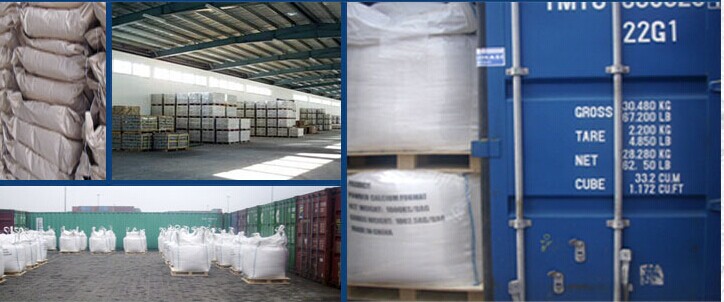
4. Application of PP Fiber Mesh for Concrete Use
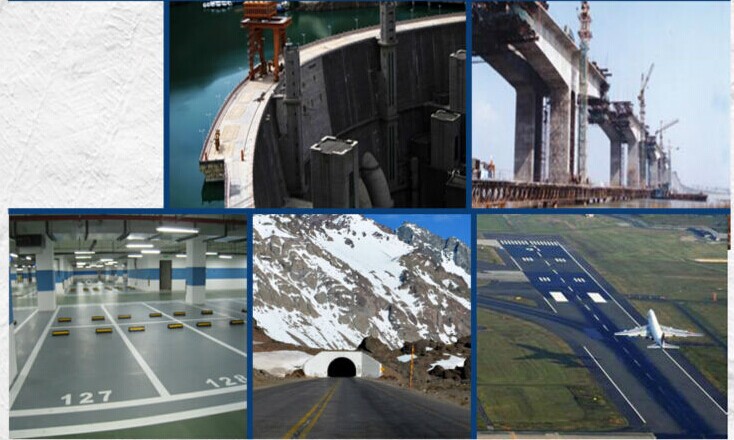
FAQ
1. Which payment do you accept?
For you convinience,our payment can be L/C,TT
2. Is free sample available?
We can supply free samples if you need.
3. How about your quality?
We have strict quality control system, we make testing on incoming raw material and finished products. Your third party testing is also welcomed. With high quality, our products are used on government projects at home and abroad. Our product quality is accepted by clients from all over the world
- Q: What are the different surface textures available in earthwork products?
- Some of the different surface textures available in earthwork products include smooth, rough, textured, and patterned. These textures can be achieved through various techniques such as grinding, brushing, or stamping, and they can add visual interest and enhance the overall aesthetic of the product.
- Q: Can earthwork products be used for storm surge protection?
- Yes, earthwork products can be used for storm surge protection. Earthwork products such as sandbags, geotextiles, and berms are commonly used to create barriers and reinforce coastal areas to protect against storm surges. These products help to absorb and dissipate the energy of the waves, reducing the impact on coastal structures and minimizing flooding risks.
- Q: How do earthwork products compare to traditional construction materials in terms of strength?
- Earthwork products, such as rammed earth and compressed earth blocks, generally have comparable or even superior strength compared to traditional construction materials. These earth-based products can provide excellent compressive strength, making them suitable for load-bearing applications in buildings, retaining walls, and other structures. With proper engineering and construction techniques, earthwork materials can meet or exceed the strength requirements of traditional materials like concrete or bricks. However, it is important to note that the strength of earthwork products can vary depending on factors such as soil composition, compaction methods, and curing processes.
- Q: What are the advantages of using geocells for load support applications?
- Geocells offer several advantages for load support applications. Firstly, they provide excellent confinement of infill materials, such as soil or aggregate, preventing lateral spreading and enhancing load-bearing capacity. This confinement increases the overall stability and strength of the structure. Secondly, geocells distribute the load uniformly, reducing stress concentration and preventing localized failures. This is especially beneficial in areas with weak or unstable soils, as geocells help to distribute the load evenly across a larger area, minimizing the risk of settlement or collapse. Furthermore, geocells are easy to install and require minimal maintenance. They can be quickly deployed on-site, saving time and labor costs. Additionally, their durability and resistance to aging, weathering, and chemical degradation ensure long-lasting performance. Lastly, geocells are environmentally friendly. They can be made from recycled materials and are reusable, reducing the need for virgin materials and minimizing waste generation. Overall, geocells offer a cost-effective, sustainable, and reliable solution for load support applications.
- Q: What are the common materials used in earthwork products?
- The common materials used in earthwork products include soil, gravel, sand, rocks, clay, and other natural materials found on or near the Earth's surface.
- Q: What are the recommended maintenance practices for earthwork products?
- The recommended maintenance practices for earthwork products typically include regular inspection and cleaning, proper drainage management, and addressing any signs of erosion or damage promptly. It is also important to follow manufacturer guidelines for any specific maintenance requirements and to consider factors such as weather conditions and usage patterns when determining maintenance schedules.
- Q: Can earthwork products be used for constructing athletic fields?
- Yes, earthwork products can be used for constructing athletic fields. These products, such as topsoil, fill dirt, and gravel, are commonly used in the construction and maintenance of athletic fields. Topsoil is used for leveling and providing a nutrient-rich layer for the grass to grow on, while fill dirt helps with grading and leveling the field. Gravel is often used in drainage systems to ensure proper water management. Overall, earthwork products play a crucial role in creating a suitable foundation and surface for athletic fields.
- Q: What is the purpose of using geotextiles in groundwater protection projects?
- The purpose of using geotextiles in groundwater protection projects is to provide a barrier that prevents the migration of contaminants or pollutants from the surface into the groundwater. Geotextiles act as a filter, allowing water to pass through but trapping and preventing the movement of harmful substances. This helps to maintain the quality and purity of groundwater sources, ensuring their protection and preservation.
- Q: What are the benefits of using geotextiles in green roof applications?
- Using geotextiles in green roof applications can provide several benefits. Firstly, geotextiles act as a barrier between the growing medium and the underlying roof, preventing soil erosion and migration. This helps to maintain the integrity and stability of the green roof system. Additionally, geotextiles can enhance water retention, allowing for better drainage and reducing the risk of waterlogging, which can be detrimental to plant growth. Geotextiles also aid in weed suppression, preventing unwanted vegetation from invading the green roof. Moreover, these textiles can help to improve the overall insulation properties of the green roof, reducing energy consumption and providing thermal comfort. Overall, geotextiles play a crucial role in enhancing the performance and longevity of green roofs.
- Q: Are there any specific earthwork products available for athletic field construction?
- Yes, there are specific earthwork products available for athletic field construction. Some common ones include materials like topsoil, sand, gravel, and drainage systems that are used to create a suitable base for the field. Additionally, specialty products like engineered soils, turf underlayments, and sod can also be used to enhance the performance and durability of athletic fields.
Send your message to us
PP Fiber Mesh for Concrete Use with Certification
- Loading Port:
- China main port
- Payment Terms:
- TT OR LC
- Min Order Qty:
- 2000 kg
- Supply Capability:
- 300000 kg/month
OKorder Service Pledge
OKorder Financial Service
Similar products
Hot products
Hot Searches
